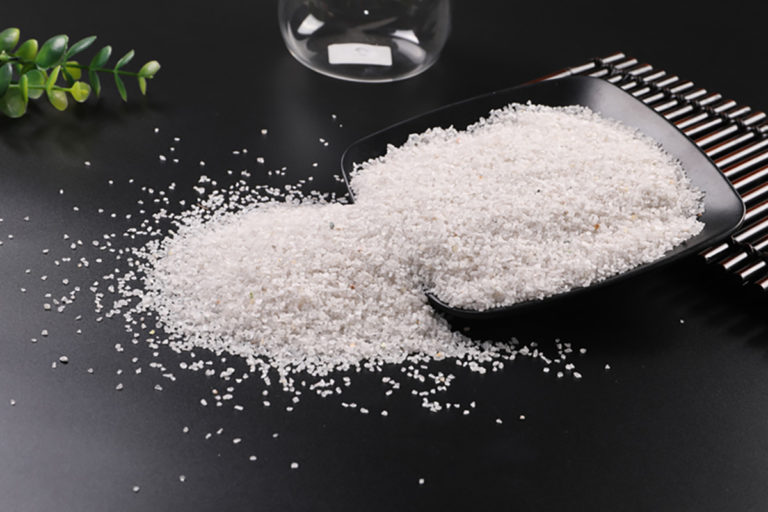Why does quartz sand need modification?

The reasons why quartz sand needs modification mainly include the following aspects:
change surface properties
Surface modification of quartz sand can change its physical and chemical properties such as lipophilicity, wettability, oil absorption rate and viscosity. These changes help improve the performance of quartz sand in a variety of applications.
Improve compatibility with organic polymers
When quartz sand is used as a filler, it is very important to improve its compatibility, affinity, dispersion and fluidity with organic polymers. Through surface modification, these properties can be significantly improved, allowing the quartz sand to better mix and combine with materials such as resin.
Enhance adsorption performance
Surface modification of quartz sand can also improve its adsorption performance for heavy metal ions. For example, by modifying it with metal salts such as aluminum chloride and magnesium chloride, the adsorption effect of quartz sand on heavy metal ions can be significantly improved.
Expand application areas
Surface modification is an effective way to open up new application fields of quartz sand. Through modification, modified filter materials with excellent adsorption performance and certain mechanical strength can be made, which are widely used in water treatment, air purification and other fields.
Increase industrial value and added value
Surface modification of quartz sand not only optimizes its properties, but also increases its industrial value and added value. This is of great significance for achieving efficient utilization and economic benefits of quartz sand.
Addressing practicality limitations
Due to the smooth surface of quartz sand and limited active sites, it is easy to cause rapid saturation of the adsorption sites, affecting its practical application effect. Through surface modification, the active sites on the surface can be increased, thereby improving its practicality in filter media and other aspects.
Quartz sand needs to be modified in order to optimize its physical and chemical properties, improve its compatibility with other materials, enhance adsorption performance, expand its application areas, and enhance its industrial value and added value, so as to better meet the needs of modern industry for high performance Material requirements.
